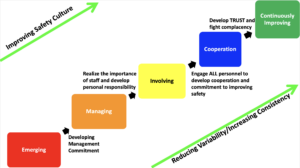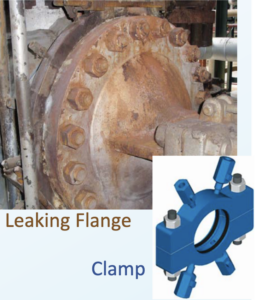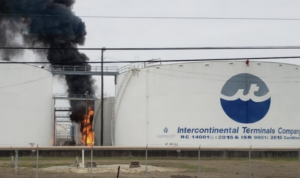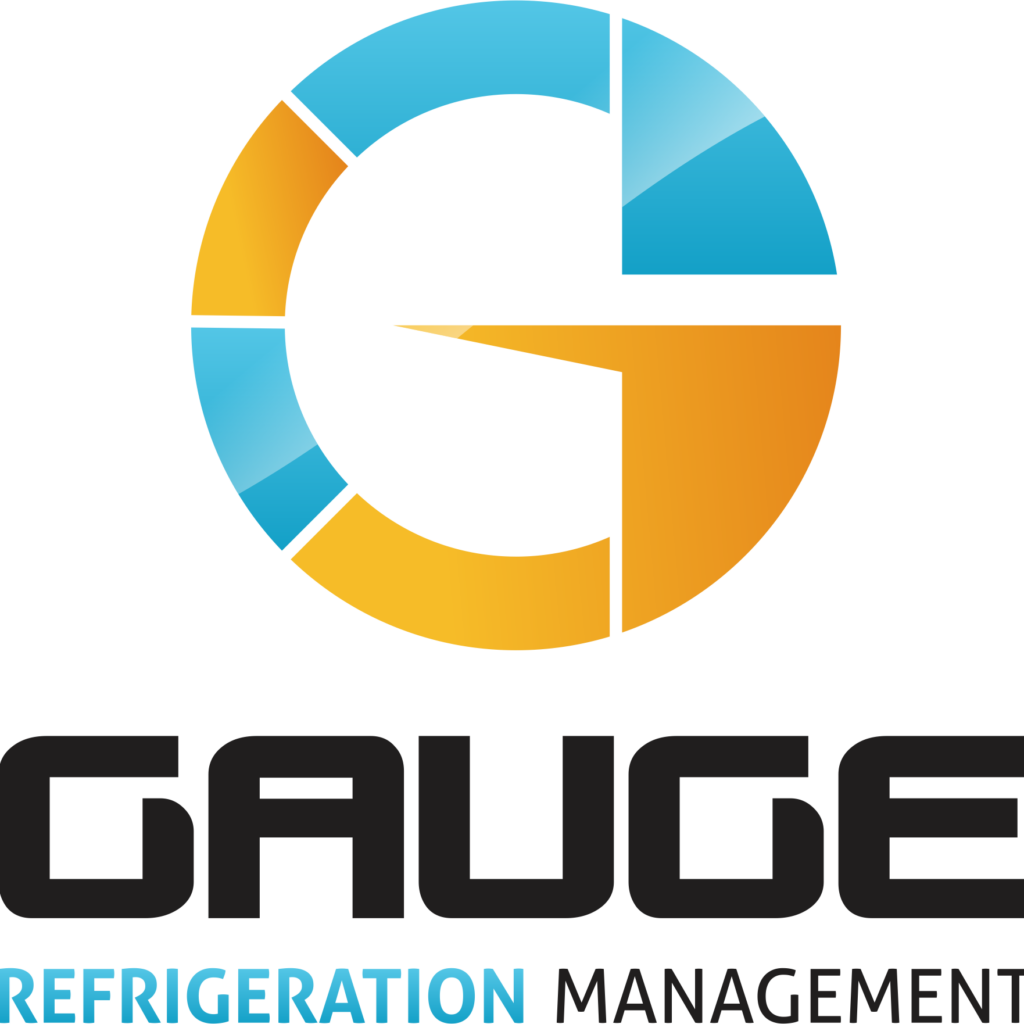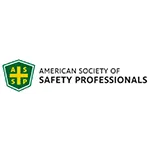CLICK HERE to Renew your Membership
CLICK HERE for a NEW Membership
CLICK HERE to see eligibility requirements for FREE Membership
If you have any questions, please contact me
We offer:
- Over 17,600 categorized unsafe acts/conditions and accident/injury photos
- Over 1,450 ppt's & doc's
- Over 3,975 technical articles on Process Safety & Occupational Safety & Health matters
- Over 450 videos

I am proud to announce that have extended our”Partners in Safety” agreement for another year (2025).
CI Members, send me an e-mail to request your FREE SAFTENG membership.
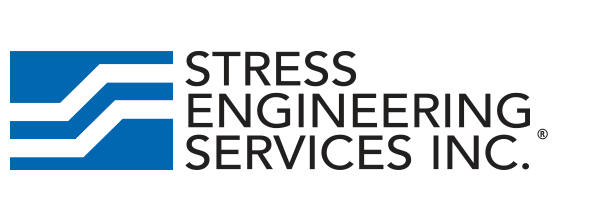




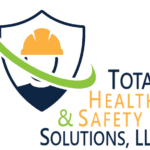





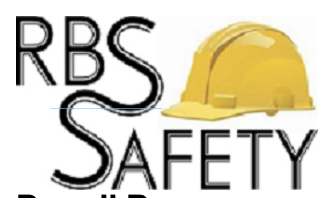


August 13, 2023
I came across this healthcare research paper touting the value of using Root Cause Analysis (RCA) to improve patient safety, with an emphasis on LATENT ORGANIZATIONAL factors that play a role in accidents. There were so many incredible tidbits in the paper that I have summarized them below. Many of you reading this are NOT in healthcare, but this paper explains the benefits of using an...
Read More
August 13, 2023
An SMS forces an organization to examine its operations and the decisions around those operations. An SMS allows an organization to adapt to change, increasing complexity, and limited resources. An SMS promotes the continuous improvement of safety through specific methods to predict hazards from employee reports and data collection. Organizations will then use this information to analyze, assess, and...
Read More
August 12, 2023
Scenario: In your letter, you state that your client’s driver was driving a company vehicle, on the clock, and traveling on a public roadway. The driver was traveling between service calls near an intersection when a four-car collision occurred as the result of another car coming from the wrong direction in the same lane. After the accident occurred, the wrong-way motorist exited his car, shot...
Read More
August 12, 2023
This safety and cultural assessment report documents FRA’s findings, recommendations, and methodologies resulting from the 60-Day Supplemental Safety & Cultural Assessment of Norfolk Southern Railway (NS). The Department of Transportation announced its intent to perform this assessment on March 7, 2023, in response to NS’s safety performance and the East Palestine, Ohio derailment which...
Read More
August 12, 2023
Admiral Rickover is the Father of Nuclear Safety in the U.S. Navy. He holds the Navy’s record for years of service, having served 60 years (1922 – 1982). He passed away 4 years later at the age of 86. Admiral Rickover coveted the following “7 Rules” in developing, implementing, and managing his nuclear safety program for the Navy. A lot of businesses could...
Read More
August 11, 2023
What Happened: Two contractors re-injected the wrong clamp. The flange bolts failed, and the two contractors involved in the work died in the steam released. In the legal case, the judge focused on the possibility of human error. The company should have anticipated the possibility of this human error and concluded that the site did not sufficiently protect the workers from that. Humans do make errors...
Read More
August 11, 2023
In the world of Human Factors, we have a saying, “failing safely,” which translates into… all humans make mistakes – it’s our job to identify those error/mistake traps and design work to lessen those error opportunities. In Process Safety we used to use the phrase “cascading failures”, which is the opposite of “failing safely.” In a...
Read More
August 9, 2023
Earlier this year, a member of the SAFTENG FaceBook group posted a question about this type of system being used in a warehouse within the USA. Many of us were caught off guard as it seemed very risky to drop the Oxygen level to 13% in an occupied space, even with all the alarms and such in place. Many of us are familiar with Fixed Systems like the old Halon systems in computer rooms in...
Read More
August 9, 2023
This is an excellent presentation by John S. Carroll, MIT Sloan School of Management at the NTSB Public Forum on Transportation Safety: Enhancing Safety Culture. His presentation does an excellent job of explaining where the term “safety culture” originated and how organizations shape their culture of safety.
CLICK HERE for the presentation
Read More
August 8, 2023
PLEASE READ NOW AND TAKE ACTION Dear MSA Customer, MSA is issuing this User Safety Notice to inform you of a PROCEDURAL UPDATE regarding usage of the Altair 5X PID gas detector. MSA has determined that PID sensors manufactured from March 2020 to and including June 2023 may not respond to gas after being turned on due to the lamp of the sensor not lighting upon startup and the Altair 5X PID will not...
Read More
August 7, 2023
We don’t see this often, but the number of facilities that do not know of this fundamental OSHA/IFC/NFPA requirement for their fixed LPG storage tank(s) is sad. How one defines “high water table or flood conditions” is open for discussion as no one has reallty DEFINED or QUANTIFIED the phrase as of yet. The video below is most likely just a residential tank caught up in...
Read More
August 7, 2023
I keep using this tragedy as a teaching/learning tool. This officer was convicted and sentenced to 4-years in prison for aiding and abetting manslaughter for holding back the crowd during George Floyd’s murder. TAKE THE POLITICS OUT OF IT and ask…. Why didn’t he step in and do something? This is the difference between “latent organizational failures” and “active failures.” For example, suppose a person...
Read More


